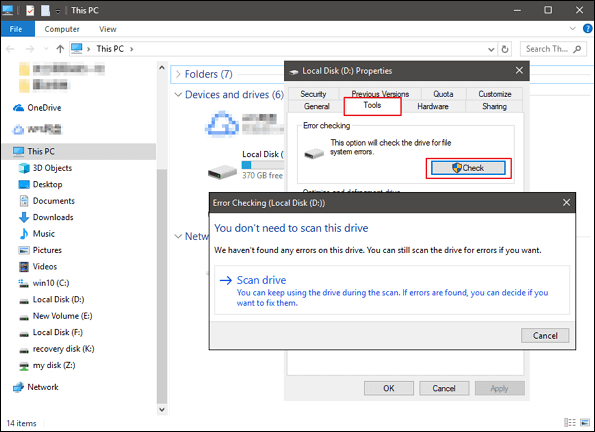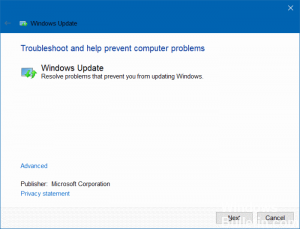

#Windows 8 disk maintenance utility software#
But you’ll need to do some research on the web for software you don’t recognize. How do you know it’s something you don’t require? If it’s an application you don’t use, and it doesn’t belong to Windows, it’s quite likely dross.

Peruse the list and uninstall anything you don’t require. To remove useless or redundant software, open the Control Panel and go to Programs>Programs and Features. Piriform’s CCleaner cleans up your hard drive, removes unused registry entries, and has several other related functions. Branding apps can be removed for a cleaner, faster-booting Windows. The same goes for disk and device management. You don’t need a Wi-Fi connection utility-Windows has its own. Some vendors litter their PCs with “branding” software that duplicates Windows functionality, but has the vendor’s name on it. Even useful and popular applications spawn unnecessary stuff, but we’ll get into that later. It’s not the applications themselves, which only waste disk space when they’re idle, but the background processes and start-up overhead they create that’s the problem. One of the major performance sucks on any system is software you don’t need. (And if you can automate some maintenance tasks, all the better.) Here’s how to keep Windows humming as sweetly as when it was first installed. In truth, the utilities that Microsoft has included with all its operating systems since XP, a select freebie or two, and a modicum of knowledge are all you need. Windows 7 or 8? They run just fine with only occasional, minimal intervention. For XP, and to a lesser extent Vista, there might be a grain of truth to that-a very small grain that can be easily addressed without a suite. To read the advertising by Windows maintenance suite vendors, you’d think Microsoft sells technologically challenged operating systems that will function properly only with the grace of third-party intervention.


 0 kommentar(er)
0 kommentar(er)
